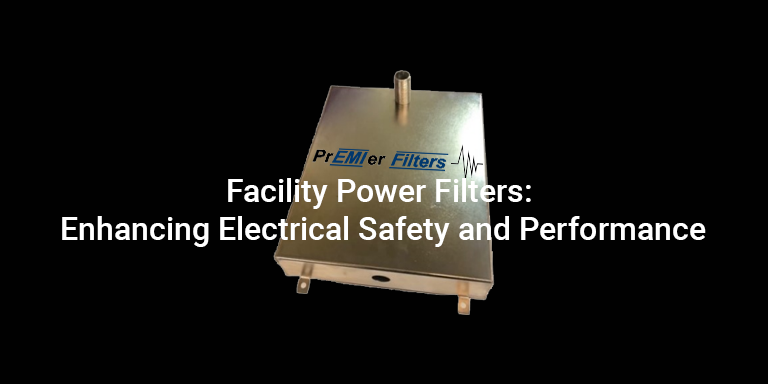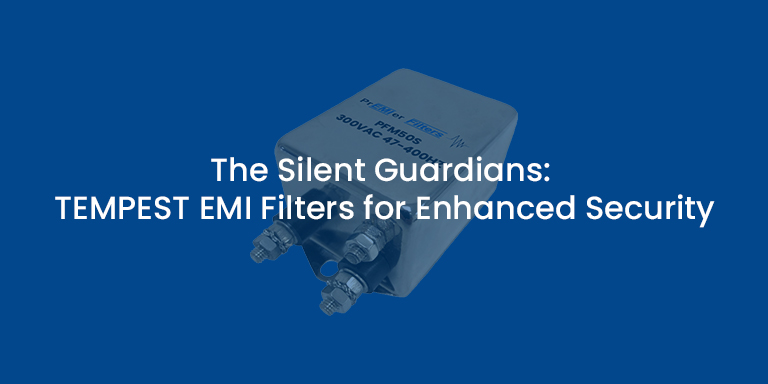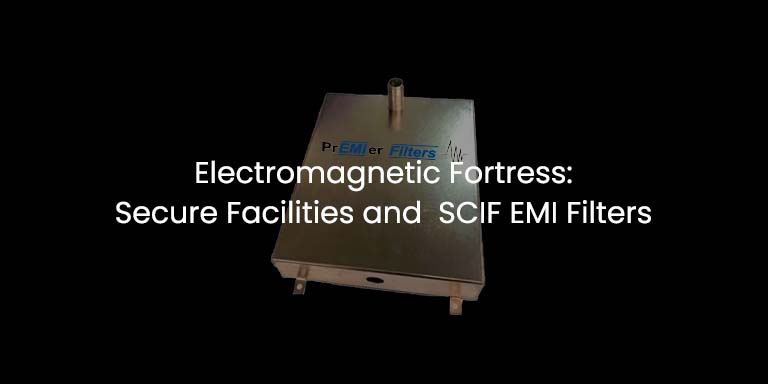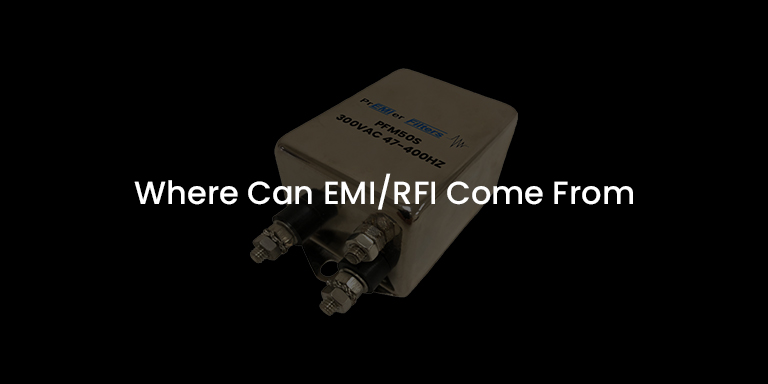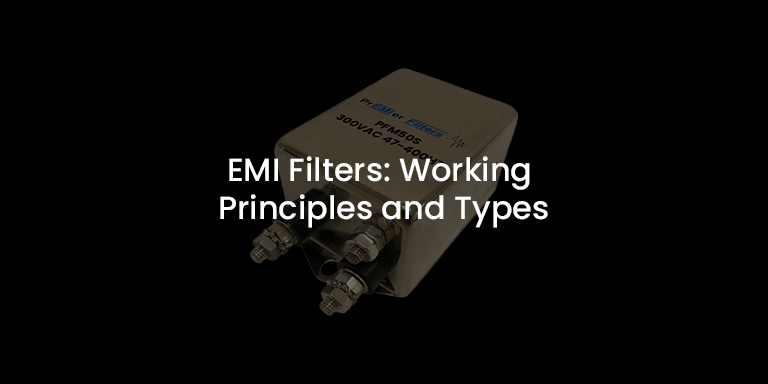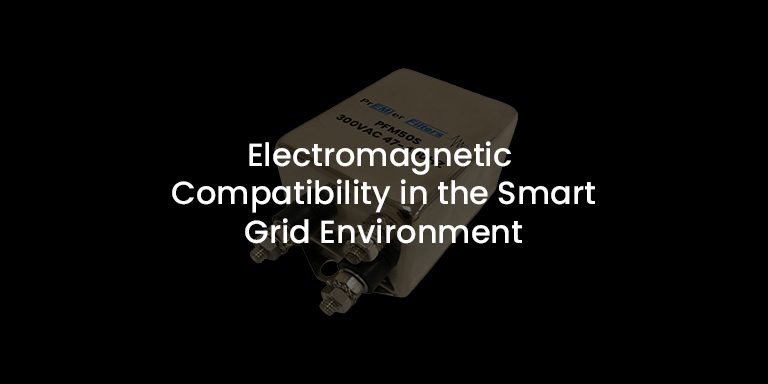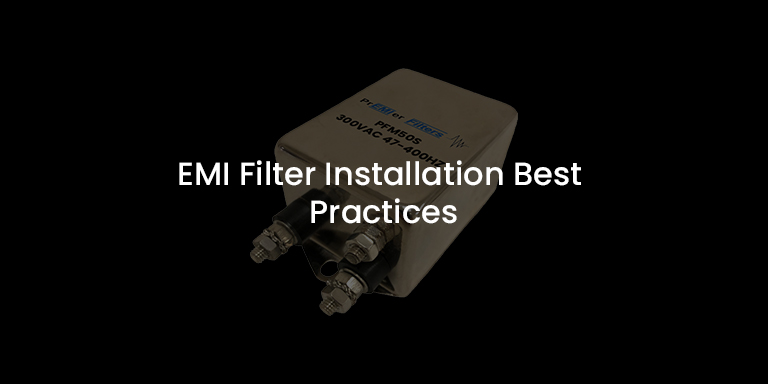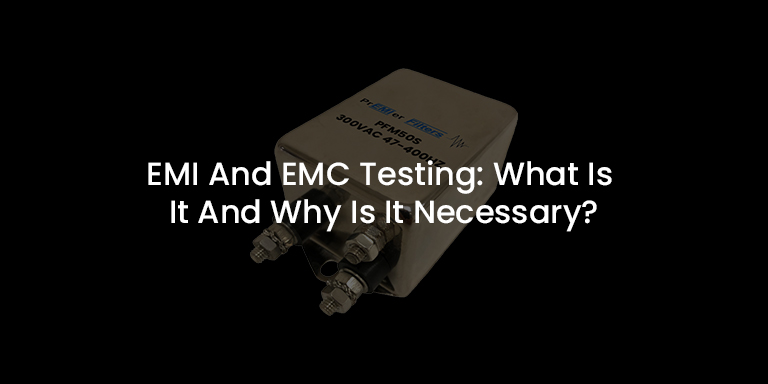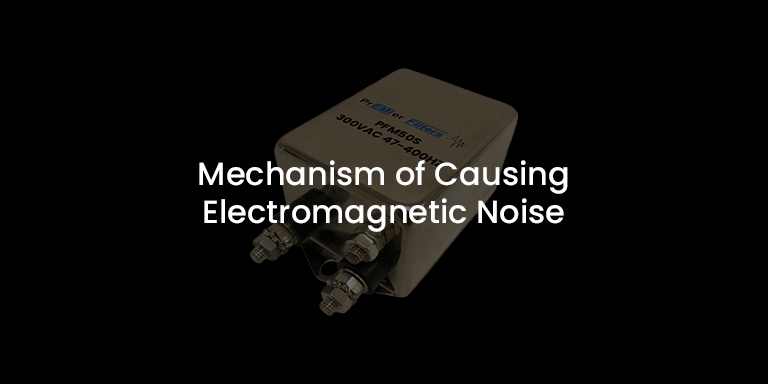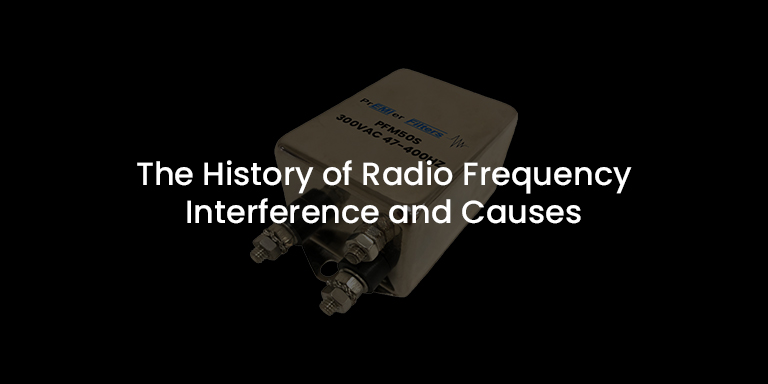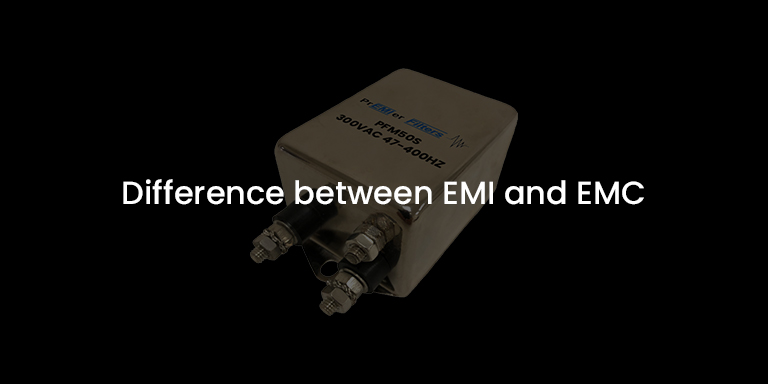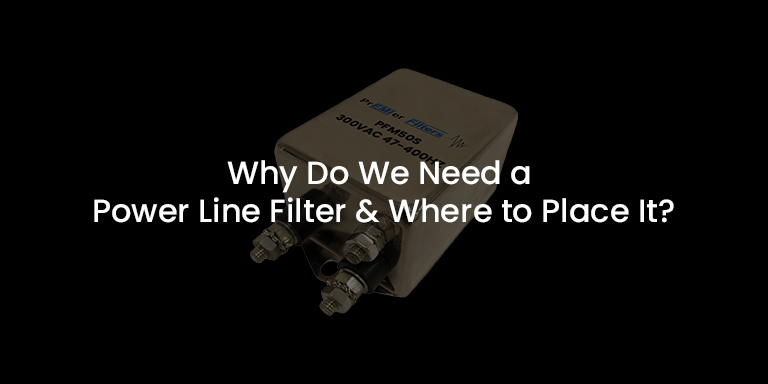What is Low-Pass Filter
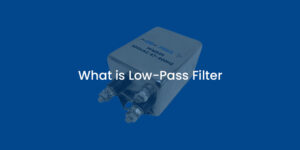

A filter that passes frequencies below a certain frequency and blocks signals above this frequency is known as a low-pass filter. The point where this occurs is called the cut-off frequency and is typically the point where the frequency response drops -3dB from the passband.
Ideally, the frequency response drops at the cut-off frequency, but practically the frequency response curve will gradually decrease from the transition region to the stopband region. The transition region is the area where falloff occurs. The stopband region is the region where the attenuation occurs.
Low-pass filters can be passive or active. A passive low-pass filter uses only passive components (e.g., resistor, capacitor, inductor). An active low-pass filter uses active components (e.g., transistor, op-amp, FET, etc.) along with passive components. In comparison to a passive low-pass filter, an active low-pass filter is more effective but may be limited in bandwidth.
A simple circuit of an active low-pass filter uses an operational amplifier. In this filter, the high impedance signal acts as an input and provides a low impedance signal as an output. The op-amp is used in the circuit to increase the amplitude of the output signal. The op-amp is also used to make the output signal wider or narrower. The amplifier used in the circuit design determines the maximum frequency response of the filter.
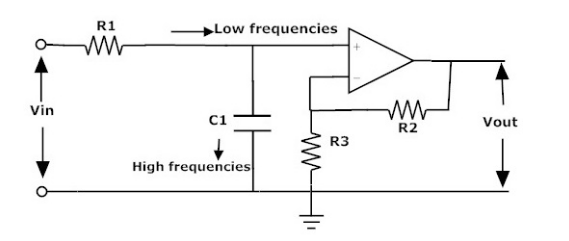
The above diagram shows a simple circuit design of an active low pass filter. At low input frequencies, signals directly pass through the op-amp (or the amplifying circuit). For high input frequencies, the signals pass through capacitor C1. This filter circuit increases the output signal amplitude by the passband gain of the filter. For a non-inverting amplifier circuit, the magnitude of the voltage gain can be obtained using the following formula:
Vout = {1 + (R2/R3)}
Low pass filters are used in a plethora of equipment and systems. These include telephone systems, receivers, multi-rate DSP and as power line filters to meet conducted emission requirements. At Premier Filters, we bring over 35 years of design experience and knowledge to make sure the right filter is designed. With a full range of AC and DC power line filters and unlimited custom capability, Premier delivers the right filter on time and on budget. To know more about our EMI filter solutions, email us at info@premieremc.com.

